Last Updated on August 5, 2021
Ink & Pixel is a source of pride and joy for me as a writer and as such, I’m always striving to take this column further for those who read and enjoy it. In an effort to widen the reach of our continuously growing fanbase, Ink & Pixel has been granted permission to broaden its horizons with the inclusion of films from the Horror, Sci-Fi, and Fantasy genres. I hope that you enjoy this bold new direction for the column. Additionally, if you yourself, or anyone you know, helped to make any of the amazing feature films found within this column, I would love to talk to you to further my knowledge. Please contact me at [email protected] so we can discuss it further.

Before we get down to business, I’d like to take a moment to wish you all a very happy holiday season. Additionally, I implore you all to stay safe, and remain good to one another during this time of yule tide panic. A brave new year is fast approaching, and it’s my hope that we’ll each make an unparalleled effort to see that it’s the best ever! Let 2015 be a year of love, growth, tolerance, and damn good times! Only we have the power to bring about a better tomorrow and make this world a better place, so let’s be sure to do just that.

Alright, as I remove my heart from my sleeve and insert it back into my chest, I want you to ask yourself this question: Do you believe it’s possible that traditions and holidays are kept safe by a league of guardians? What I mean is, do you think it’s possible that the iconic characters we’ve created to be the mascots of our holidays and traditions can manifest themselves – and become real – based entirely on the power of collective thought? Well, Dreamworks and Paramount Pictures sure hope so, because that’s precisely the sort of existential thinking that RISE OF THE GUARDIANS is built upon. Let’s get cerebral this Ink & Pixel and dig a bit deeper into this, shall we?

RISE OF THE GUARDIANS is a 3D computer-animated fantasy adventure, directed by Peter Ramsey, and was inspired by The Guardians of Childhood – a children’s book series written by William Joyce. Released in November of 2012, this multicultural marvel of a film takes place 300 years after the events of the book series, and features the iconic holiday-related characters of Jack Frost (Chris Pine), Santa Claus (Alec Baldwin), The Tooth Fairy (Isla Fisher), The Easter Bunny (Hugh Jackman), and The Sandman (who is a none-speaking character throughout the entire film).

At the start of the movie, Frost (stricken with amnesia), is pulled from the bottom of an icy pond by The Man in the Moon – only to discover that no man, woman, or child will acknowledge his existence. It’s as if he’s become a ghost, an apparition lost inside of his own winter wonderland. 100 years pass with no change to his condition, leaving Jack to feel bitter, unappreciated, and ultimately alone. That is until one day, Jack is summoned by North (Santa Claus), to become the newest member of a band of holiday guardians.

After a bit of fuss Jack accepts, and joins the rest of his fellow guardians in a fight against Pitch Black – an evil boogeyman who is threatening to steal the teeth collected by The Tooth Fairy and her helpers all throughout time. Now you might be saying to yourself, “Steve, they’re only teeth, what’s the big deal?†Well, according to the film’s lore, stored within each tooth are the memories of the child to which it belonged. Imagine a world where memories could be collected in the still of the night, prompting you to forget everything you hold most dear, killing your belief in the guardians. That doesn’t sound very jolly, does it? Thankfully, Jack and his friends aren’t going to let that happen.

Where do I even begin? Well, perhaps we should start with the vibrant and varied worlds ascribed to each of the film’s iconic characters. Yes, each guardian hails from a land inspired by their particular lore. Whether it’s Santa’s North Pole, Sandman’s shape-shifting cloud, the Tooth Fairy’s palace, Jack’s hometown of Burgess, Easter Bunny’s pastel-colored den, or even Pitch Black’s nightmarish lair; each locale was representative of that character’s magic and history within multiple cultures.

One of the many ways in which the festive worlds were created was by studying the characters (and their meanings) throughout several cultures and time periods. In an interview included in the behind-the-scenes supplements on the film’s DVD, Production Designer Patrick Marc Hanenberger had this to say about crafting the guardian-specific locations: “The big inspiration for the look of the film was to give these layers and layers of history. So, when we researched a lot of this material for each one of these unique worlds, we used those inspirations to create patterns and graphic ornaments, and we put them in tapestries, we put them in mosaics, we put them in murals. We put them even in the moss carvings in the Bunny warrens.“

Let’s stay with this for bit and see just how in-depth these locations go. In the film, Santa is depicted as a strong, Russian-Cossack warrior-type. Therefore, his North Pole – including his fabled workshop – was built to look as if the Kremlin were made from building blocks and jigsaw puzzle pieces. In the case of the Tooth Fairy’s palace, the design staff wanted her environment to reflect that of someone whose job requires her to travel all over the world. With that in mind, her environment resembles a library – complete with magical filing cabinets and other means of enchanted storage. Each of these storage units is separated into a series of categories including: continent, country, region, township, street, etc. The design of this location speaks to the worldly nature of the Tooth Fairy character, and creates an added layer of intelligence to the way she operates.

Next comes the warrens created for the Easter Bunny. Because his character is scripted as being one who is in touch with nature, the design staff created a glen that resembles a Springs-eternal vibe. When viewing the warren from on-high you’ll see that it’s filled with colorful, blossoming flowers, the brightest of sunshine, and is outfitted with a series of temple-like caverns inspired by ancient Japanese catacombs and shrines.

Additionally, though Jack’s environment – a busy town located in Burgess, Pennsylvania – is beautiful, it’s perhaps Pitch Black’s haunted caverns that are the most stunning. Oh sure, Pitch’s evil lair is depressing and forever draped in shadow, but it’s what lurks beneath the darkness that captures my interest. As far as I can tell, Pitch’s home turf is designed to leave you with the impression that the pits, crevasses, and caves he lords over all lead to a dream from which you will never wake. Where some see an infinite blackness, I see a limitless canvas upon which your worst nightmares may paint their fiercest landscape.

It goes without saying that the worlds of the guardians are indeed a visual treat of the RISE OF THE GUARDIANS film. That said, I think many people would agree that it’s really the Sandman’s shape-shifting sand that stands out as the highlight effect. You see, the Sandman we meet in the film doesn’t speak, but instead manifests his thoughts and emotions using a series of what is referred to throughout the film as ‘sand streams’. If you’d like, you can think of them as animated thought balloons, able to become bigger and more expressive using the power of imagination and dreams.

Back in 2012, Ian Failes of fxguide.com sat down with Head of Effects Yancy Lindquist to discuss the delicate process of working with the art program Houdini, and the rendering software, Mantra. Here are a few snippets from that in-depth interview regrading the effects. Failes writes, “After some early R&D, the process of creating the sand shapes involved conceptualizing the shapes, then modeling an enclosed version using sub-division surfaces that would phase volumetrically. That would then be filled in with points inside Side Effects Houdini. One particular challenge with the sand shapes arose when the shapes moved into another shape, which the effects team found hard to achieve via fluid simulations alone, and so several techniques were ultimately relied upon.”

“In the movie there is a sand unicorn that a child is dreaming about,†notes Lindquist. “That involved binding the points to the deforming unicorn, then when that needed to break apart and start flowing, we’d pull that apart with a combination of particle and fluid simulation. We let the fluid simulation pull it along, and then when we finally get to the other shape we would then use a little bit of particle sim to pull it closer. We’d then do a little trick as the particles get really close where they would start filling in the shape. From that we were able to get sims that felt natural. We even had some flocking simulations in there.“

A number of ‘sand tools’ were developed to help artists achieve the desired look. “The workflow inside Houdini is based around dropping down operators to perform tasks,†explains Lindquist. “We could configure them in different ways to achieve various effects.†The sand effects were rendered in Mantra, relying on the DreamWorks Animation-developed OpenVDB format to create high resolution sand volumes. (OpenVDB is an open source C++ library comprising a novel hierarchical data structure and a suite of tools for the efficient storage and manipulation of sparse volumetric data discretized on three-dimensional grids.

Unfortunately, RISE OF THE GUARDIANS under-performed at the box office, which resulted in an $83 million dollar loss for the studio – causing a total of 350 employees to be let go from their jobs. Still, the imaginative, holiday-inspired animation took in a total of $306,941,758 worldwide – with $103,412,758 representing its domestic run in Canada and the United States and the remaining $203,528,912 hailing from the foreign market. Now, I’m no mathematician, but that’s a nice chunk of change, is it not? Do you think, perhaps, that the reach and appeal of this film was somehow hurt because not everyone shares the same beliefs in these characters?

I still remember the day I first laid eyes upon a few concept art sketches for this film and thought, “Wow!â€. For what it’s worth, I found RISE OF THE GUARDIANS to be a visual smorgasbord with a series of satisfying emotional beats to make it a holiday film worth adding to your yearly rotation. It’s undeniably stunning to look at, and – in my estimation – is a rather bold film in that it asks its audience to dig deep down and believe in the fantastic cast of characters all over again. Happy holidays, once again, and be on the lookout for our Top 5 Best Animated Films of 2014 and Animated Films of 2015 preview in the coming weeks. Cheers!


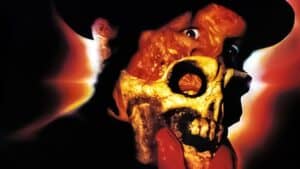
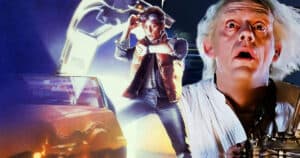

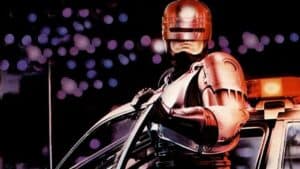
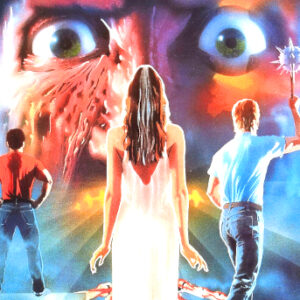
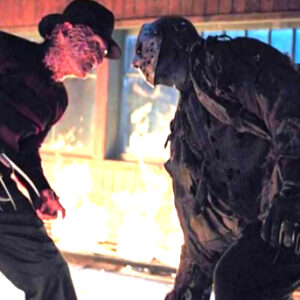
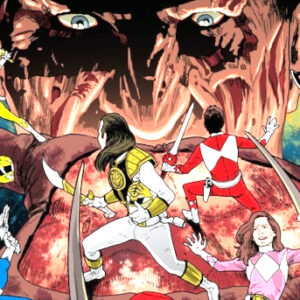
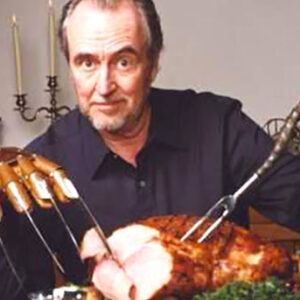
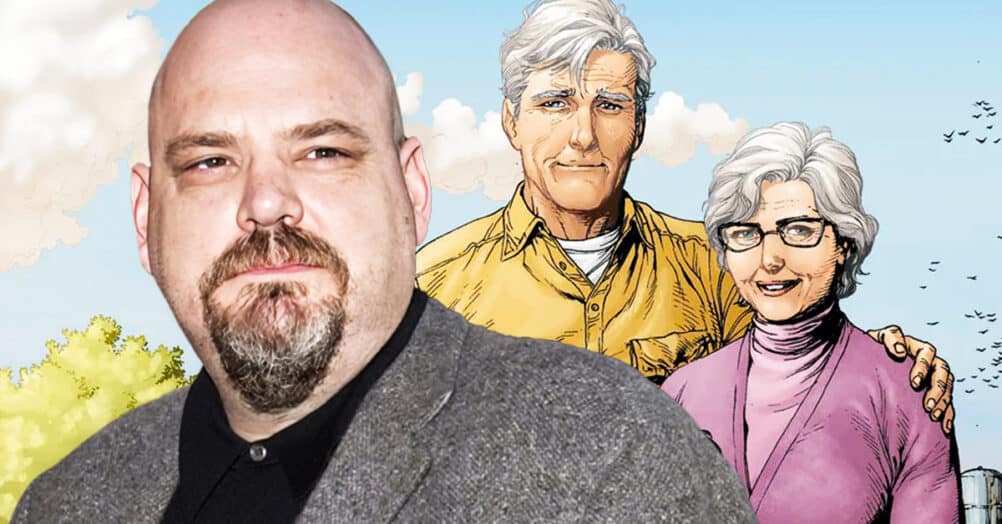
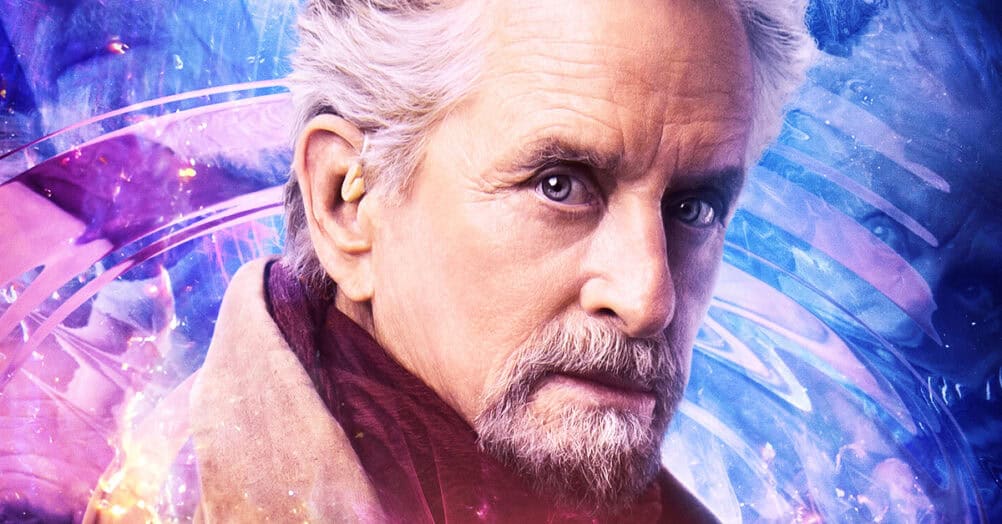

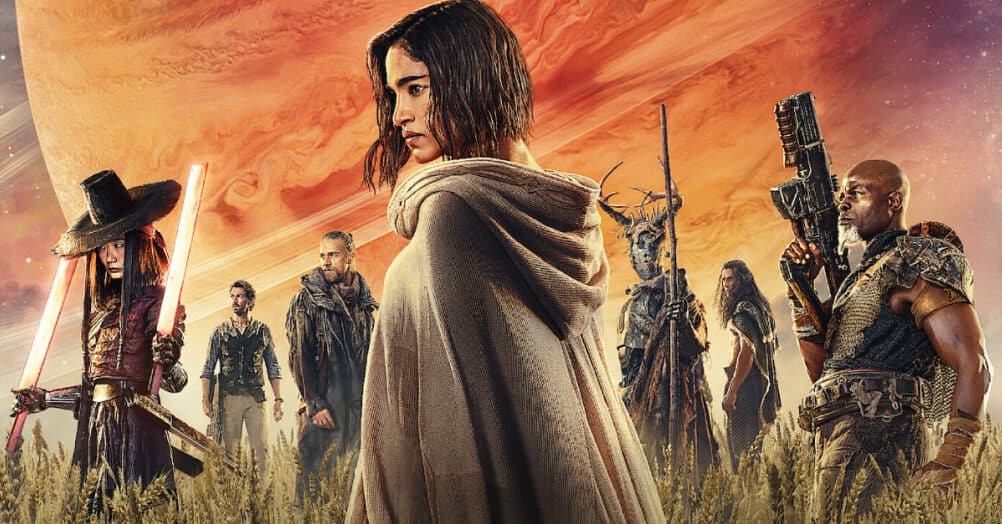
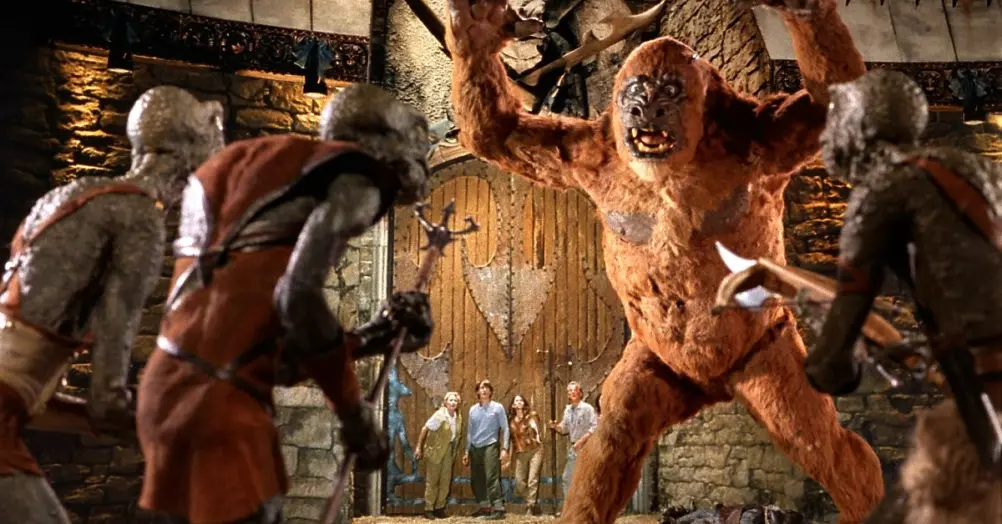
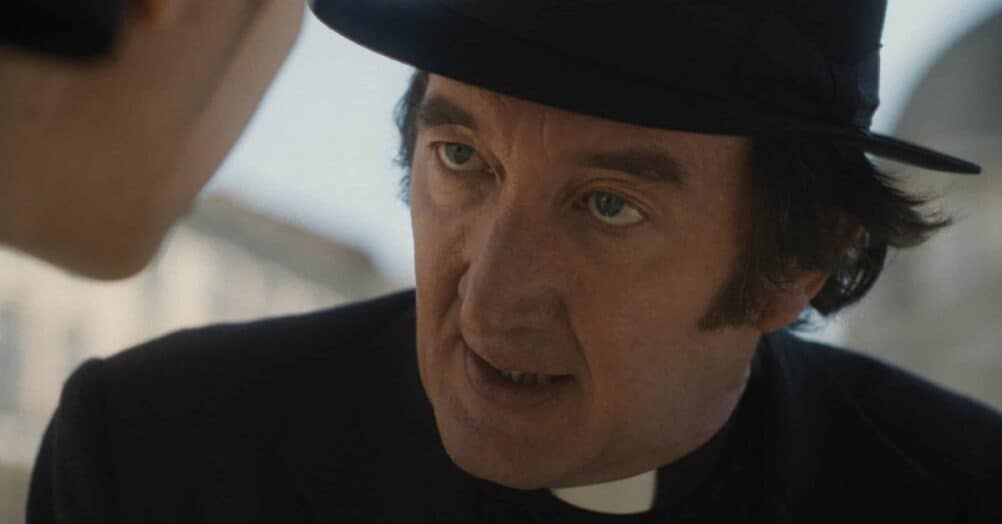
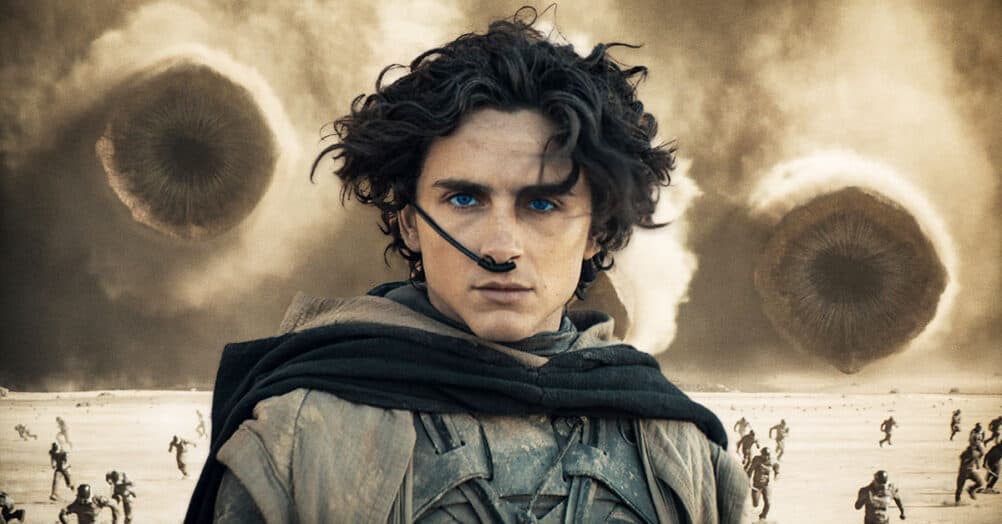
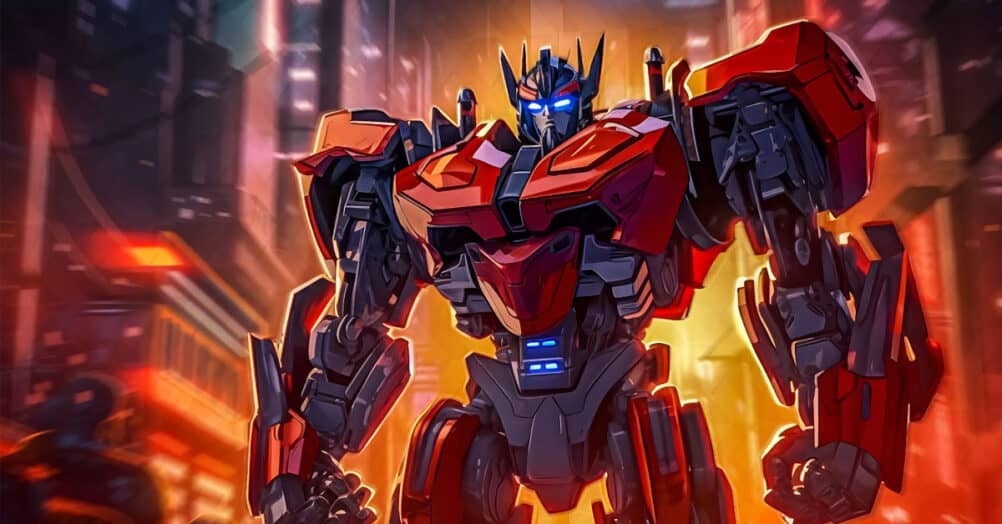
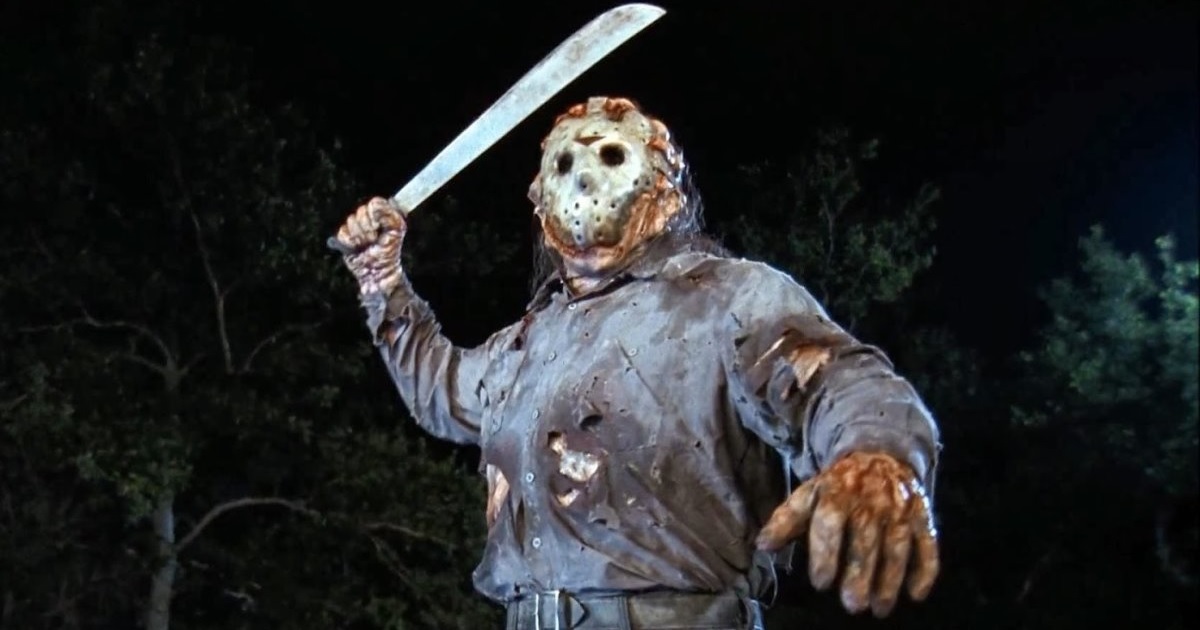

Follow the JOBLO MOVIE NETWORK
Follow us on YOUTUBE
Follow ARROW IN THE HEAD
Follow AITH on YOUTUBE